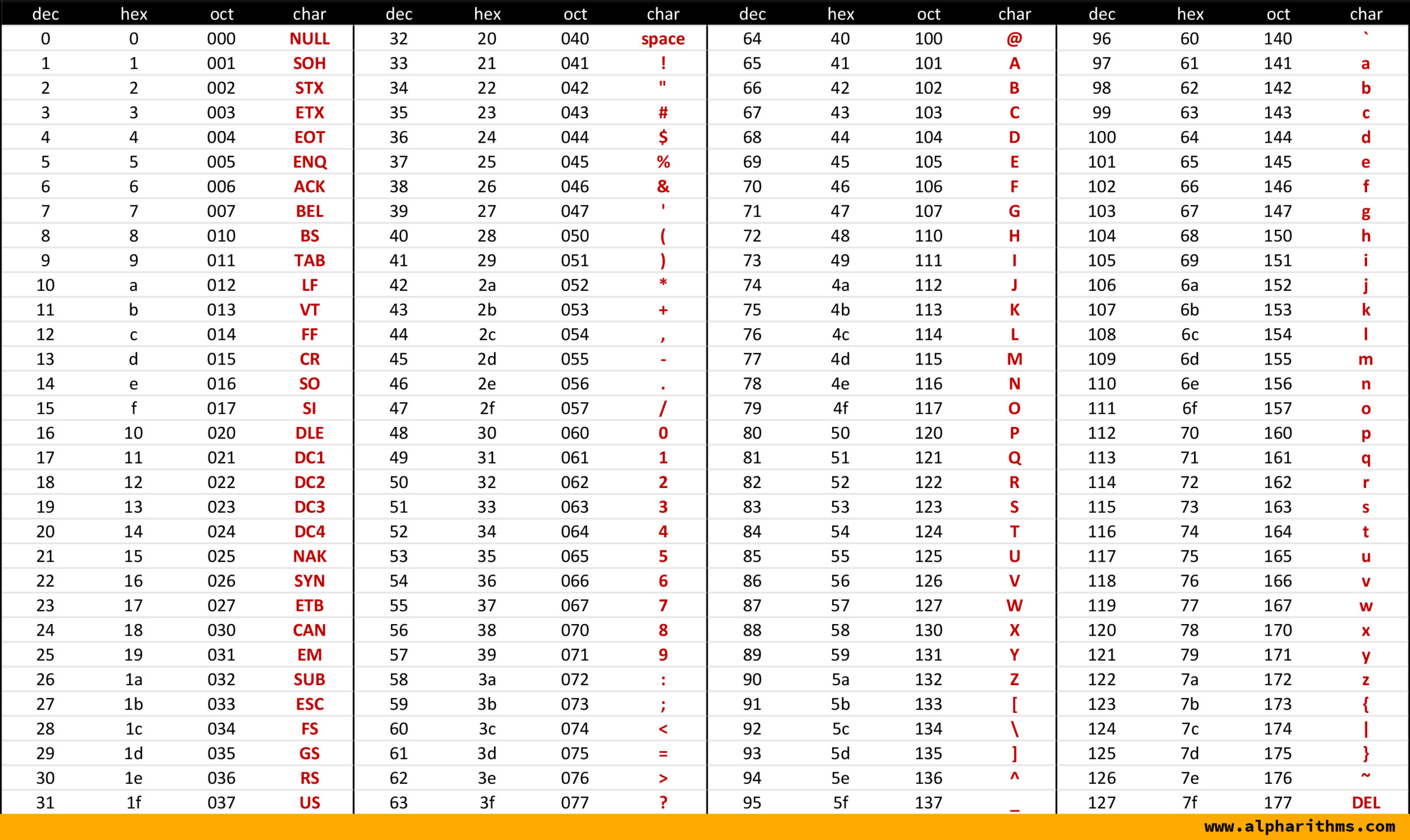
This means grapheme clusters will be split, but surrogate pairs will be preserved.
Codepoints javascript code#
Description Strings are iterated by Unicode code points.
Codepoints javascript full#
How you want to compare the values depends on whether you want to support the full range of Unicode values. A new iterable iterator object that yields the Unicode code points of the string value as individual strings. For example, the character 'A' is assigned a code point of U+0041. In Unicode, a code point is expressed in the form 'U+1234' where '1234' is the assigned number. If your codepoint lies in the supplementary range, then the array will be two chars in length. A code point is a number assigned to represent an abstract character in a system for representing text (such as Unicode). Note methods like Character.toChars(int) that return an array of chars. The Character class contains many useful methods for working with Unicode code points. For example, Character.isLetter(0x2F81A) returns true because the code point value represents a letter (a CJK ideograph).Ĭasting the char to an int, as you do in your sample, works fine though. The methods that accept an int value support all Unicode characters, including supplementary characters.For example, Character.isLetter('\uD840') returns false, even though this specific value if followed by any low-surrogate value in a string would represent a letter. They treat char values from the surrogate ranges as undefined characters. The methods that only accept a char value cannot support supplementary characters. Provides the complete set of functions to manipulate, chop, format, escape and query strings Includes detailed, easy to read and searchable documentation Supports a wide range of environments: Node.js 0.10+, Chrome, Firefox, Safari 7+, Edge 13+, IE 9+ 100 code coverage No dependencies Usage Voca can be used in various environments.To deal with Unicode characters beyond the BMP, JavaScript must take into account 'surrogate pairs', which it does not do natively. I guess to preserve backward compatibility that was not changed when Unicode 2.0 came around and caution is needed when dealing with them. JavaScript natively treats characters as 16-bit entities ( UCS-2 or UTF-16) but this does not allow for Unicode characters outside the BMP (Basic Multilingual Plane). For code points exceeding U+FFFF the code point is represented by a surrogate pair, i.e., two chars with the first being the high-surrogates code unit, (in the range \uD800-\uDBFF), the second being the low-surrogate code unit (in the range \uDC00-\uDFFF).įrom the early days, all basic Character methods were based on the assumption that a code point could be represented in one char, so that's what the method signatures look like.

Java internally represents all Strings in UTF-16 format. A year later, when Unicode 2.0 was implemented, the concept of surrogate characters was introduced to go beyond the 16 bit limit. A little bit of background: When Java appeared in 1995, the char type was based on the original " Unicode 88" specification, which was limited to 16 bits.


 0 kommentar(er)
0 kommentar(er)
